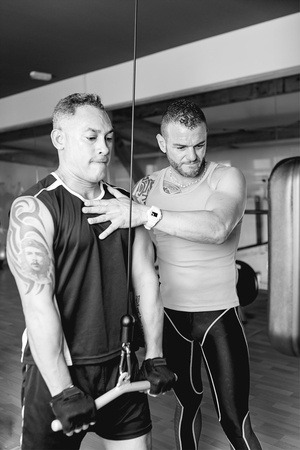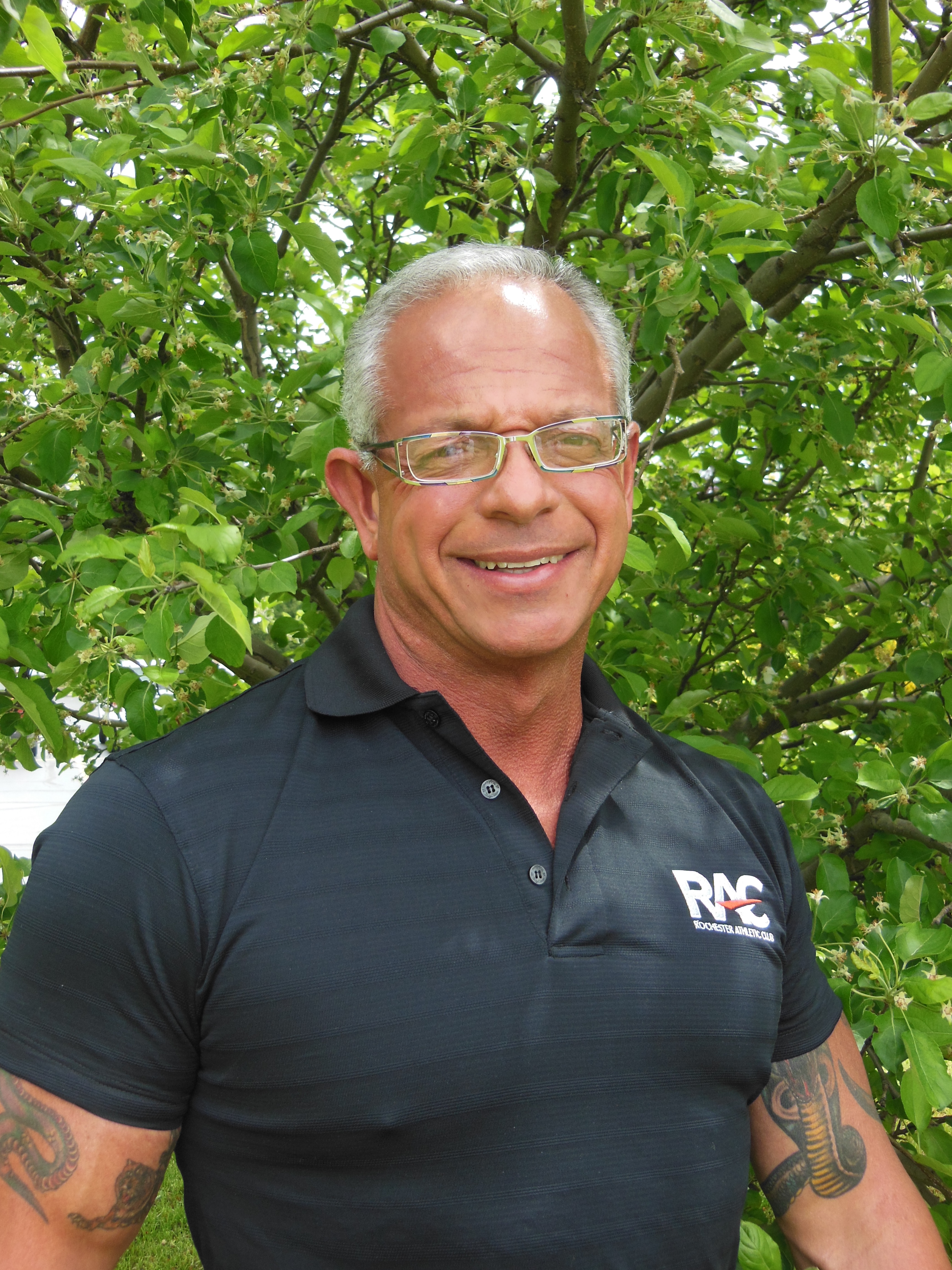Emphasis
The primary muscles stressed in this movement are the muscles in the back of your upper arm (tricep – long and medial head). The secondary muscles stressed are the muscles in your forearms and bicep.
Starting Position
Grip the bar in the designated position. Stand straight up and down with your arms extended down in front of your thighs. Your wrists should be straight and your elbows at your sides.
Movement
Take two to three seconds to raise the bar up until your forearms are just past parallel to the floor. While keeping your wrists straight, press the handle down toward the floor to the extended position. Contact your triceps hard throughout the entire movement.
Training Tips
- Be sure that the bar does not go higher than just above parallel. If it does you will feel it more in your forearms.
- Keep your elbows in at your sides during the entire movement. As your elbows move away from your body your lats and shoulders will come into play, you will no longer be isolating your triceps.
Options
This movement can be performed with two different grips:
- Medium Grip – Your hands will be directly in front of your shoulders when you bring the bar up.
- Close Grip – Place your hands 1 to 1.5 inches in toward the middle (approximately 45 degrees).
**Hand Positioning will be determined by the width of your shoulders.**
Warning Tips
- Do not lock out your elbows in the extended position. Failure to do so can result in injury to your elbows.
- Do not raise the bar any faster than two to three seconds. You must stay in control at all times during this movement. The faster you perform this movement, the less control you will have, which in turn will increase your risk of injury.
 Robert Bovee Certified Master PPT, RTS, ETS, FTS
Robert Bovee Certified Master PPT, RTS, ETS, FTS
As one of the most successful Professional Personal Trainers and Exercise/Fitness Therapists in the United States, Robert continues to remain at the forefront of the industry by providing his clients with a thorough education and the tools to implement that education. By improving his client’s physical health, strength, endurance, cardiovascular fitness and nutritional habits, he is able to motivate them to lead longer, happier and more productive lives. Find out more about Robert and his personal training career and services, here.
Guest authors offer experience and educational insights based on their specific area of expertise. These authors are contributing writers for the NFPT blog because they have valuable information to share with NFPT-CPTs and the fitness community at-large. If you are interested in contributing to the NFPT blog as a guest, please send us a note expressing your interest and tell us how you can contribute valuable insights to our readers. We look forward to hearing from you! Send to editor@nfpt.com

